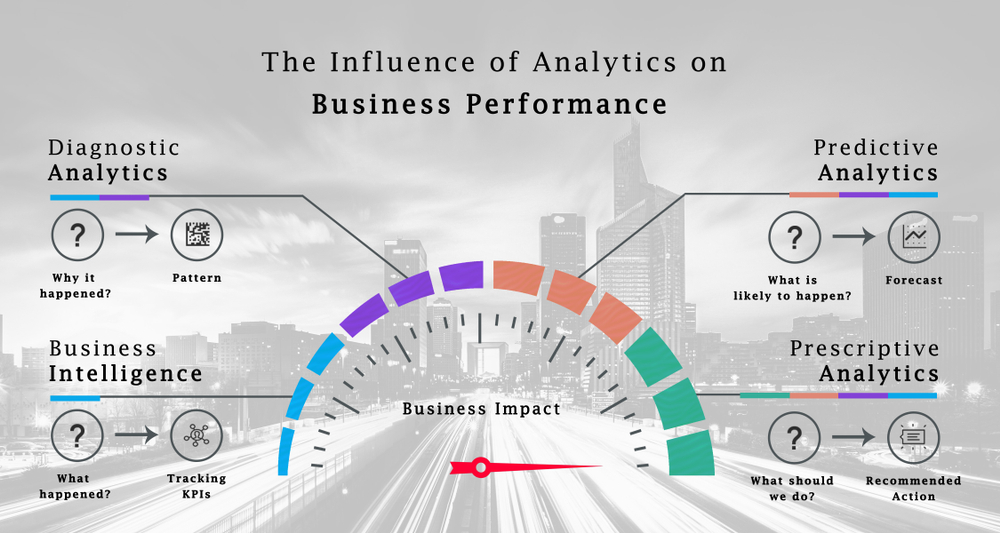In today’s world of data overload, right decisions are hard to make. How do marketers identify a trending product in a specific segment, such as blazers, and recommend a ‘shades of blue’ campaign to the prospects? And many more such questions exist. Prescriptive analytics is about providing actionable insights, giving marketers recommendations on what steps they should take. Prescriptive analytics picks trends and insights and provides marketers a prescription for what action to take with those insights. It requires agility and quicksilver responsiveness to data. Most marketers in India aren’t leveraging prescriptive analytics and this is a huge opportunity loss.
Prescriptive analytics can help marketers:
- Determine how to price and discount products/categories for different segments of customers.
- Understand the optimal engagement mix for different customers (e.g., digital media, social, email, direct mail, SMS, contact centre etc.) and better leverage engagement data.
- Anticipate market dynamics and changes. Use competitive data and customer data to pick up forthcoming trends and provide relevant and actionable insights in this context.
- Deploy cognitive algorithms to maximize analytical value. Use cognitive tools to provide accessible user experiences for predicting outcomes and revealing new insights.
- Provide hyper personalized customer experience using localized data on consumption habits and customer patterns.
- Create more impactful campaigns, enabling them to identify which strategic decisions will yield the best outcomes.
- Reduce business risk, providing realistic assessment of what will work and what will not.
- Determine a content strategy for customer and prospects.
- Help promote cross-organisational campaign objectives and drive likelihood of purchase.

With customer data pouring in through multiple and diverse digital touchpoints, the time is ripe for sales and marketing departments to take advantage of the intelligence hidden in data and convert it into a competitive advantage. Predictive analytics helped to a point, but with prescriptive analytics organisations can take customer-centric, business activities several notches higher.
Prescriptive analytics is powerful, but it’s not necessary for every brand or every campaign. It also requires lot of engagement and added intelligence from the teams working on it. No algorithm is first time right. It takes time, effort, and focus to make prescriptive analytics work effectively. It is quite clear that prescriptive analytics produces a clear path from data to insights to the best course of action. ‘Gartner has called prescriptive analytics ‘the final frontier for Big Data, where companies can finally turn the unprecedented levels of data into powerful action.’ Prescriptive analytics will play a much larger role in marketing going forward and marketers need to use this much more effectively.
Some of the key drivers for prescriptive analytics is the emergence of big data, and IoT, increasing investments in big data infrastructure, rise in cybercrimes resulting in the need for predicting and preventing frauds and the increasing popularity of real-time accessibility of data for more efficient operations.
Besides marketing, the different types of prescriptive analytics include – behavioural analytics, HR analytics, collection analytics and supply-chain Analytics. According to a Gartner Report only 3% of businesses are utilizing prescriptive analytics, whereas about 30% are actively using predictive analytics tools. The global market for prescriptive analytics is projected to reach USD 1.6 Billion by 2022. The role of prescriptive analytics has evolved over the last couple of years. It has the potential to help businesses discover unknown sources of value. With more and more structured data, better quality analysts and business leaders with an affinity to generating data driven business value on the rise, prescriptive analytics will grow at a much faster pace.

